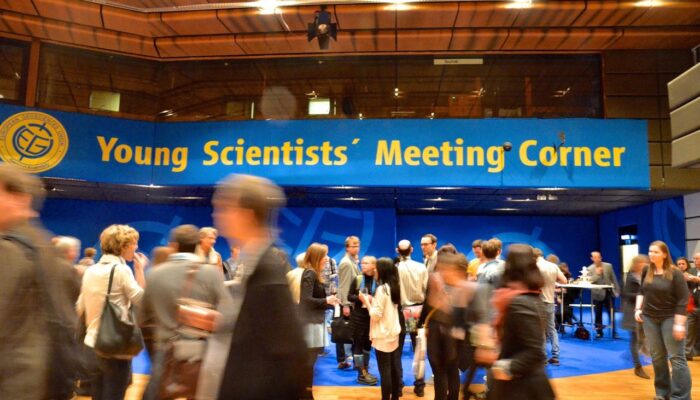Are you going to the EGU General Assembly in Vienna next week? Check out these events for early career scientists. To remind you when and where all these nice events and activities take place, you can directly view and import them in your electronic calendar (Isn’t it wonderful?! :-)) Social event for Early Career Cryosphere Scientists! If you cannot make it to anything else; make it to our ...[Read More]
What to do at EGU — a guide for early-career scientists










